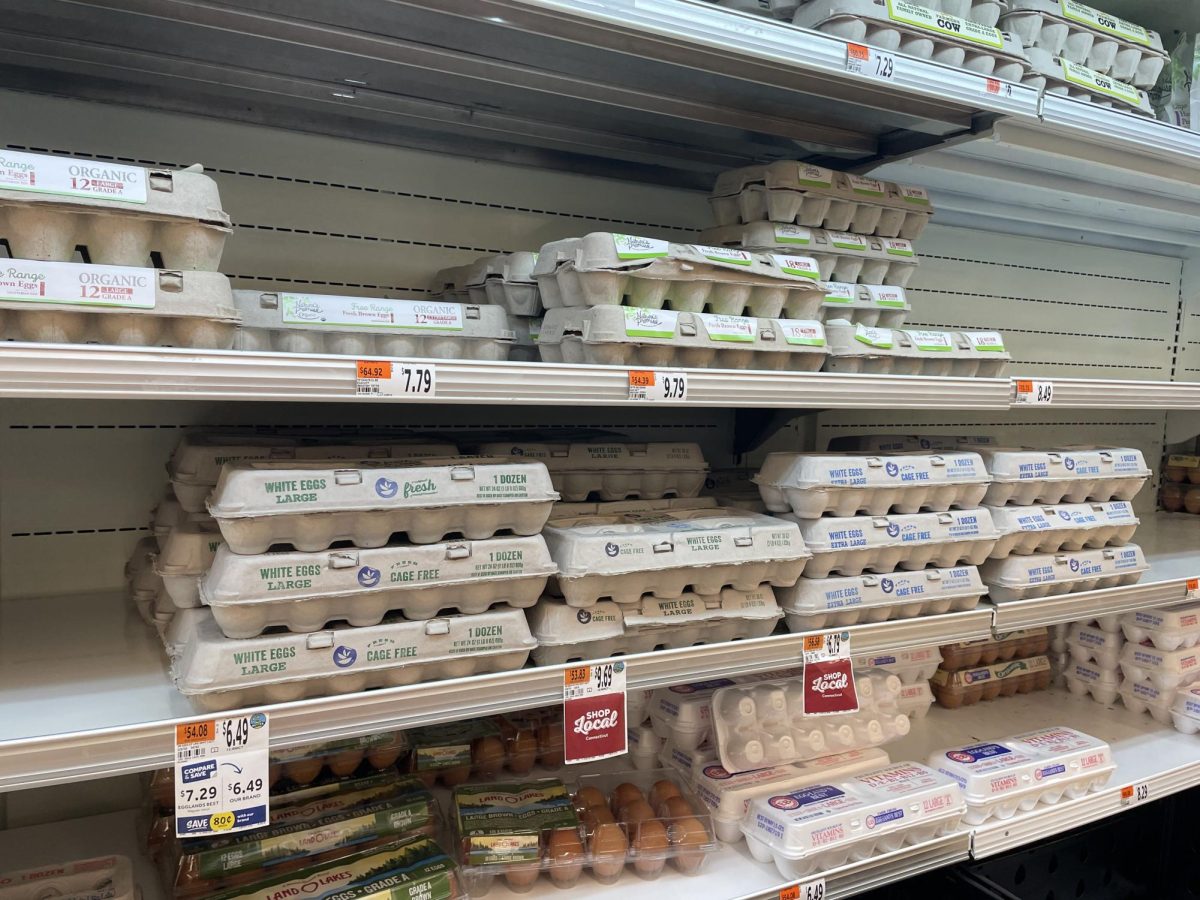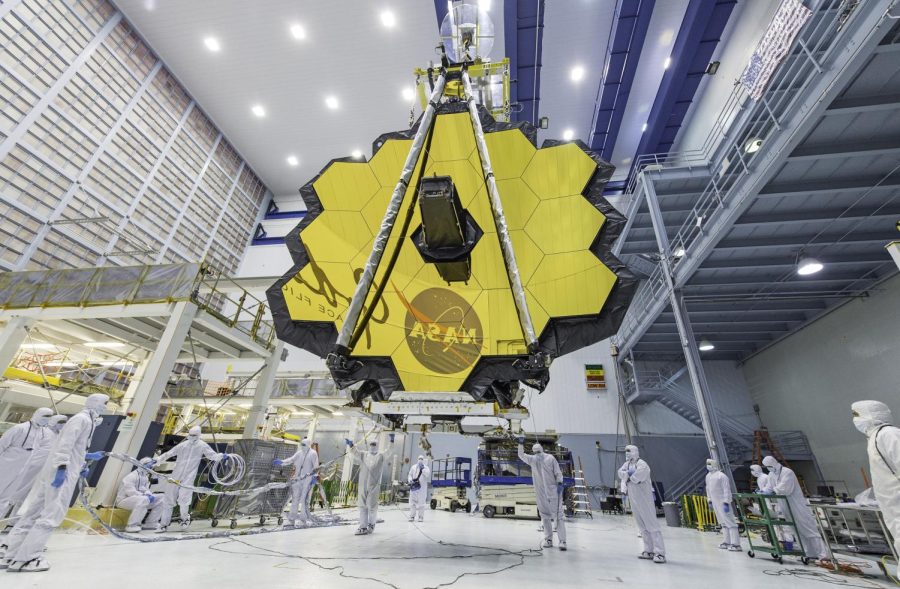
When snowflakes begin to decorate our windows, it is a sign that winter is ahead. Like people, no two snowflakes are alike. Each has a different design, completely unique from the rest. How is that possible? How can tiny, microscopic snowflakes turn into big mountains of snow?
Snow first assembles when precipitation forms and freezes in the atmosphere. More specifically, “snowflake begins life as a tiny droplet of supercooled water which freezes in the sky,” says MetOffice. The cooling water turns into lattice-like crystalline structures around a nucleus, or the center of the snowflake, which causes it to freeze in different ways. Once they become heavy enough, they are able to fall to the ground without breaking in the air.
Each water molecule has one oxygen and two hydrogen atoms (H2O), which leads to the hexagonal shape. The molecules turn into tiny crystals off of the nucleus and affect the way and specific shape in which it freezes. Even temperature and humidity play essential roles in how snowflakes are different: “Look closely at a snowflake, you will see countless individual features, all of which could have formed ever so slightly different in direction or shape,” says another source from MetOffice.
Similar to rain, the water that accumulates in greater amounts is snow during the colder temperatures. If the temperature is below freezing, snow sticks to the ground and increases exponentially. This is one of the main reasons why there is such a dramatic difference between a mere dusting and feet of piled snow.
Additionally, ice forms when larger amounts of water freeze together because the molecules are not separated from each other. It is one big part of water that freezes once the temperature hits a certain degree and continues to become colder and colder.








